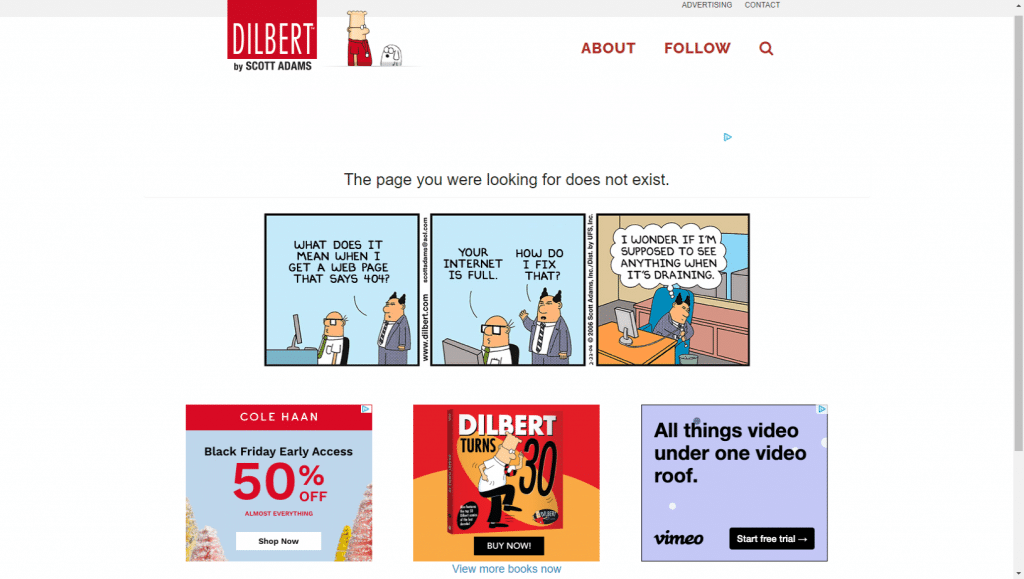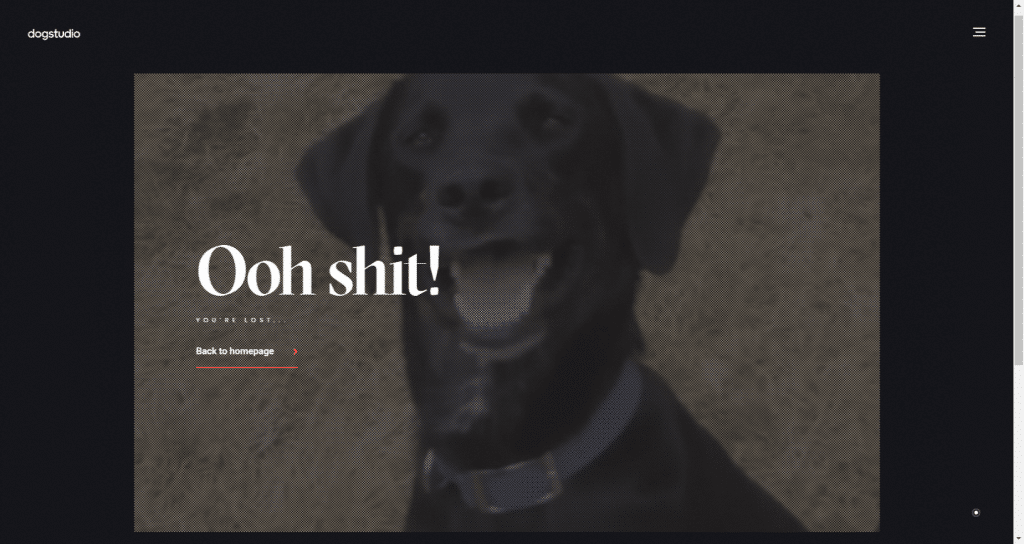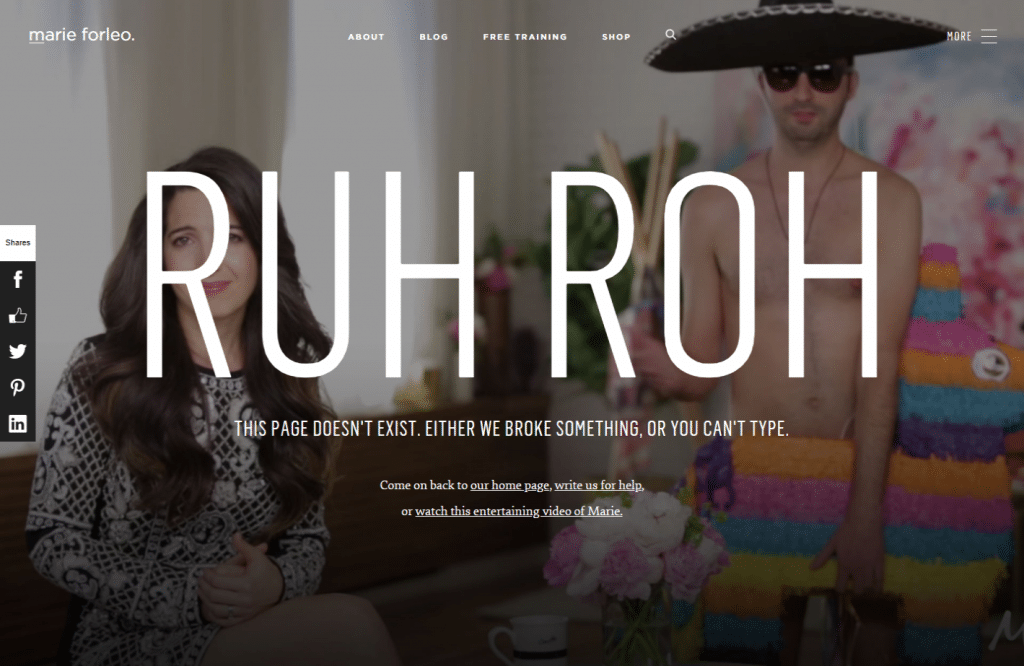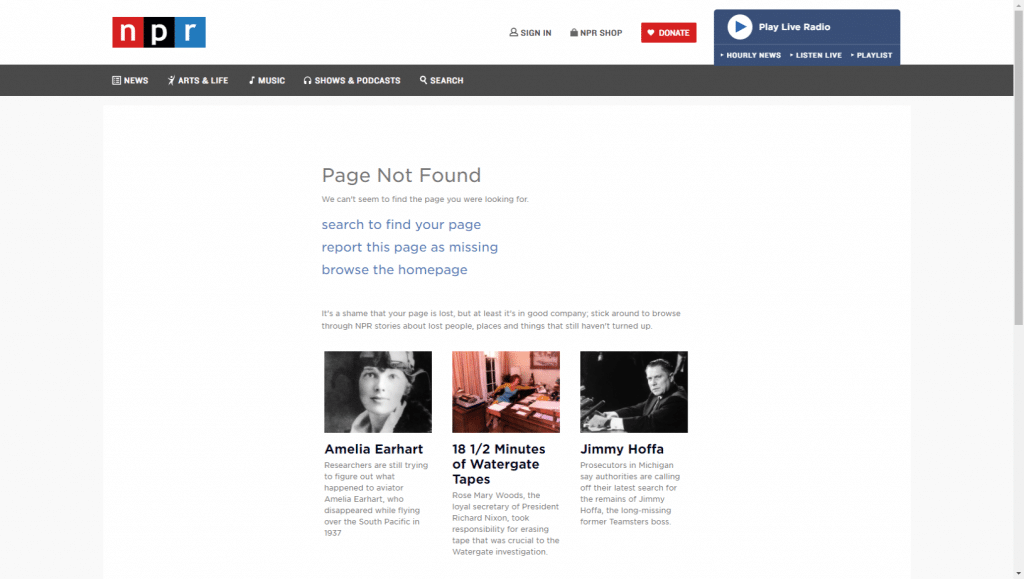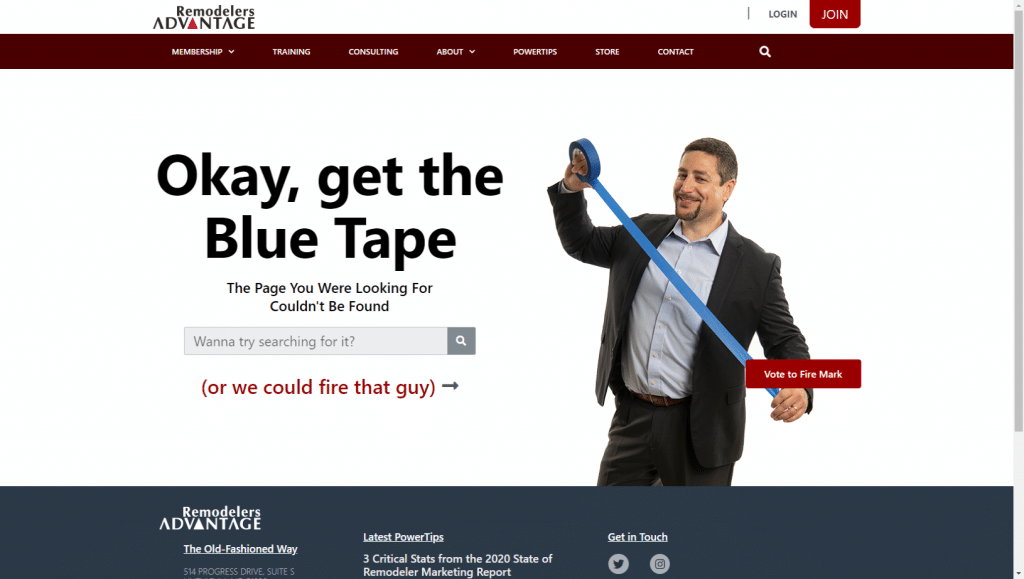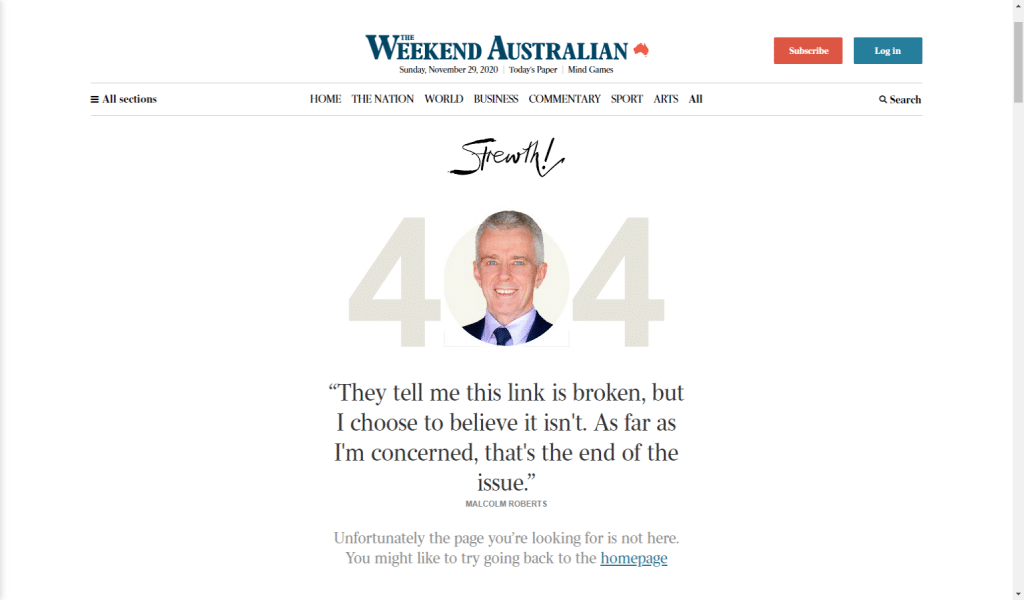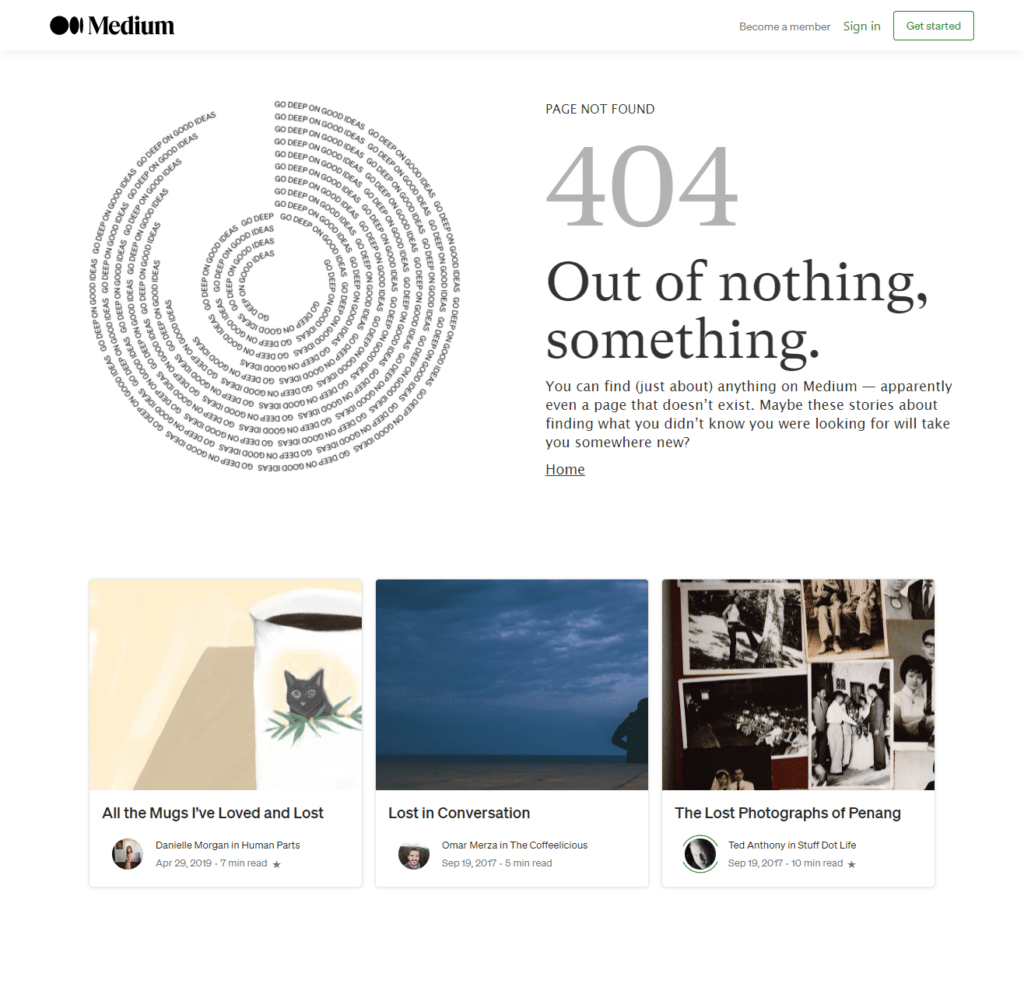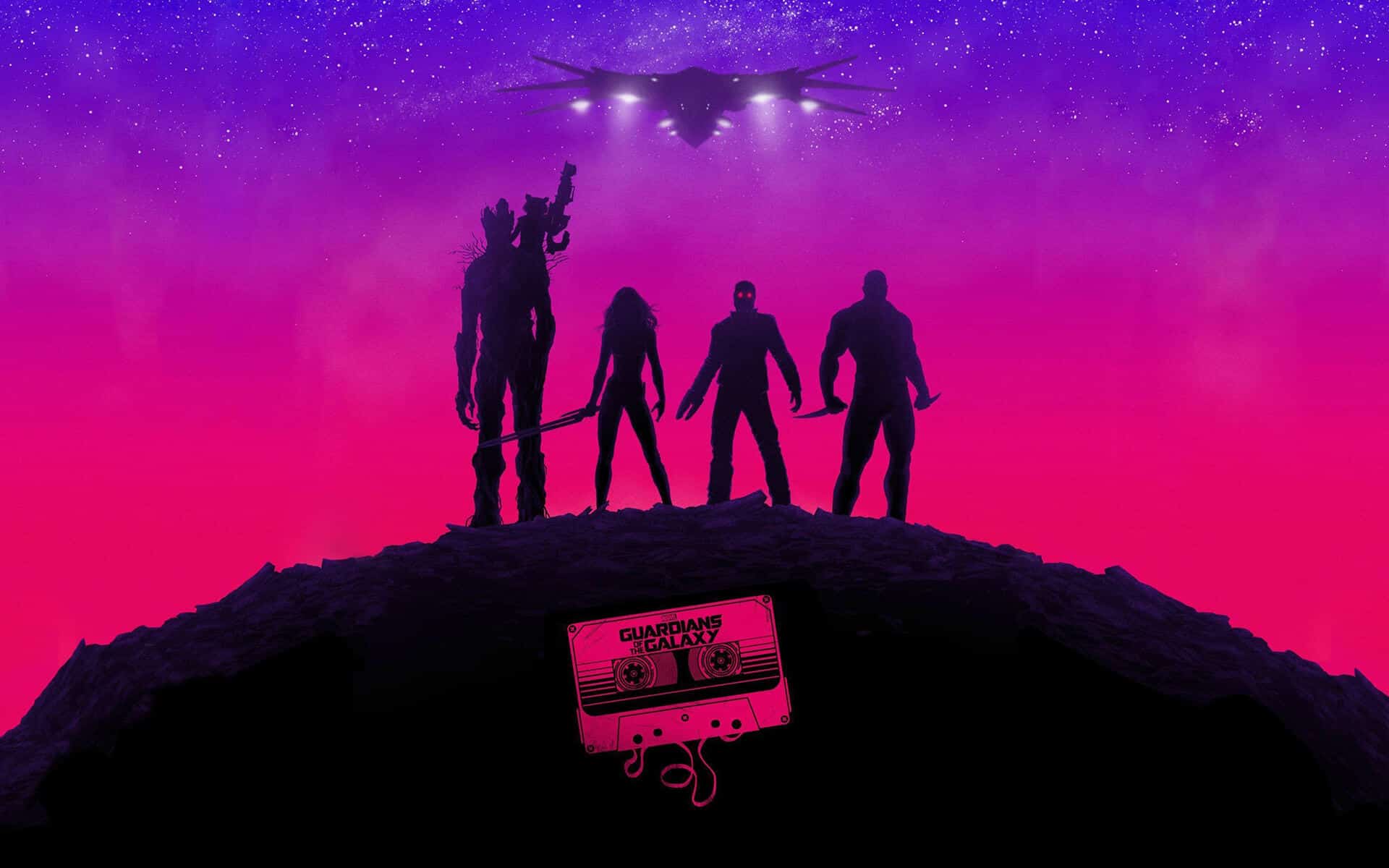from the book | page 154
So you want to learn about Mystery Marketing?
Well, as I mentioned in my book, Lobster on a Cheese Plate, I wrote a bonus chapter on that very topic!
But as I also mentioned, it’s a hidden chapter (and this post isn’t exactly “hidden,” now is it?)
So you’re going to have to find it. And all the clues you need have already been provided to you.
Don’t worry; I’ve also provided “an out” if you get stuck (or don’t want to make the effort).
If you need help or are not interested in solving the puzzle on your own, click here for three clues and, ultimately, the answer.
But before you take the easy way out, you should give it a shot. Seriously, everything you need to find it is right here in front of you.
So… as Forest Gump would say, “that’s all I have to say about that.”
I’ll see you on the other side.
Until then, here’s something else to read. (I didn’t want to leave you high-and-dry). It’s an article I found after a quick Google search. It has nothing to do with mystery marketing, but there’s some good info in it. ;-)not
Why Small Businesses Fail With Facebook Ads
Do you know what Facebook is? You may think it’s a social media platform. But, technically speaking, that’s not how it generates revenue. In reality, Facebook is in the advertising business.
That’s right, Facebook is nothing more than a massive, worldwide advertising platform 9 10 marketers use to generate leads.
And it’s very good at it. Primarily because it’s so incredibly affordable. But many small businesses aren’t seeing the return on their investment that they should.
Why?
Below is an article I found on sales-push.com that explains the problem:
Why Small Businesses Fail with Facebook Ads — Social media marketing is one of the most cost-effective ways to reach targeted audiences. However, a recent study shows that a majority of small businesses aren’t seeing a positive return on investment (ROI), specifically from Facebook.
According to a study, 62% of small businesses found their Facebook advertising efforts to be ineffective.
Why most of the small businesses are unable to make ads work for them? This is because there is a string of mistakes that businesses make that leaves their Facebook ad ROI vulnerable.
Ineffective use of Content Marketing
Understanding of content marketing is necessary if you want to succeed, content is the hero of your Facebook ads. If your content is of poor quality, the ROI will fall flat on its face.
To make content marketing work, make sure you create high-quality content and post is regularly.
Lack of strategy leads to set unclear goals
The top reason brands fail to see results from their efforts on Facebook is a lack of strategy. Like any other marketing channel, Facebook is used for a specific purpose. Without any proper strategy or objective, the ads are bound to fail.
To get the most out of Facebook advertising, you need to identify your objectives, outline your content plan and allocate an advertising budget.
Targeting the wrong audience
Despite working hard on Facebook advertising if you won’t target the right audience you would not get the desired conversion. Facebook does provide massive outrage but your target audience should be limited and selective.
Facebook enables you to set the exact preferences of your target audience. You can set the filters down to specific geographic locations, age, gender, and so on. If you are facing difficulty to find out the right target audience, try using Audience Insights feature available on Facebook for business.
Stop cold sale
Facebook is not for cold selling, it is mainly for socializing. You can make friends, have interactions with them and possibly turn them into customers. But if you try straightway to sell, it won’t happen.
For customers, Facebook is a medium to stay connected with a brand and to interact, they don’t expect direct selling.
Some other mistakes:
- Not investing enough time on Facebook
- Not investing enough money on Facebook Ad Campaign
- Paying little attention to optimizing where ads lead
- Not tracking ads efforts
- Ignoring the mere-exposure principle
Conclusion
Almost two-thirds of small businesses are unable to get ROI from Facebook Ads. To get a higher ROI, follow the best practices and make Facebook ads work for you.
Facebook is a social media channel, be social and build relationships. Determine the strategy, define your goal, invest more time and money into it if you want results. As long as you invest wisely, targeting the right audiences with the right messages, you will see a positive ROI.




